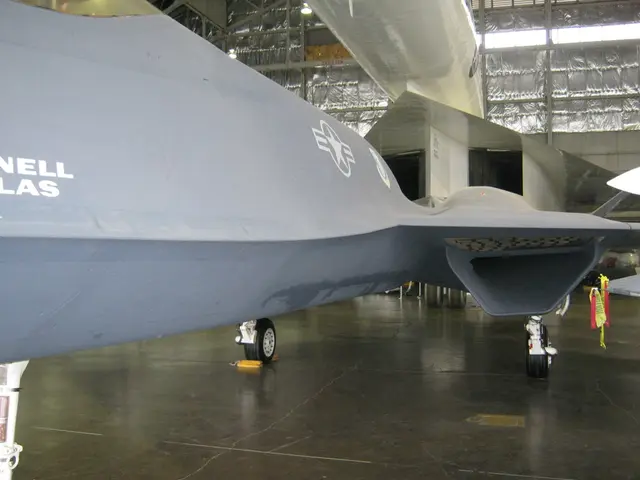Researchers at Children's Hospital of Philadelphia Discover Eye Tracking Measures for Concussion-Linked Vision Problems
In a significant breakthrough, a team of researchers from the Children's Hospital of Philadelphia (CHOP) and several other institutions have published a study that underscores the transformative potential of integrating eye-tracking technology into routine concussion management. The research, supported by the National Institute of Neurological Disorders and Stroke, was published in the Journal of Sport and Health Science.
The study, which utilizes innovative eye-tracking technology called EyeBOX, focuses on diagnosing concussion-related vision disorders in children and adolescents. The findings reveal that approximately 62% of the participants were clinically diagnosed with such vision disorders, with convergence insufficiency being the most prevalent.
The research team, comprising Dr. Christina Master (Children’s Hospital of Philadelphia), Dr. Mitchell Schieman (Drexel University), Dr. Olivia Podolak (Children’s Hospital of Philadelphia), Dr. Matthew Grady (Children’s Hospital Colorado Sports Medicine), and Dr. David Howell (University of Colorado), discovered that each incremental point increase in the BOX score raises the odds of possessing a vision disorder by approximately 15%.
The implications of this research extend beyond clinical practice. The objective, quantifiable metric (BOX score) provided by the eye-tracking system, EyeBOX, offers the possibility of widespread screening and monitoring, potentially impacting public health domains.
Eye-tracking offers clinicians a rapid, non-invasive, and precisely quantifiable tool for identifying subtle dysfunctions that are often under-recognized and persist beyond the acute phase of concussion. Early and accurate diagnosis through objective means facilitates timely referrals and initiation of specialized rehabilitation.
Moreover, the study reinforces the importance of multidisciplinary collaboration in addressing complex brain injuries. The research underscores the need for a comprehensive approach to concussion management, encompassing not only physical symptoms but also the often-overlooked vision disorders.
In conclusion, this groundbreaking study emphasizes the potential of eye-tracking technology in revolutionizing the diagnosis and management of concussion-related vision disorders in children and adolescents. The findings underscore the need for increased awareness, screening, and early intervention to improve outcomes for young patients experiencing persistent post-concussive symptoms, including vision disruptions.
Read also:
- Understanding Hemorrhagic Gastroenteritis: Key Facts
- Stopping Osteoporosis Treatment: Timeline Considerations
- Tobacco industry's suggested changes on a legislative modification are disregarded by health journalists
- Expanded Community Health Involvement by CK Birla Hospitals, Jaipur, Maintained Through Consistent Outreach Programs Across Rajasthan




